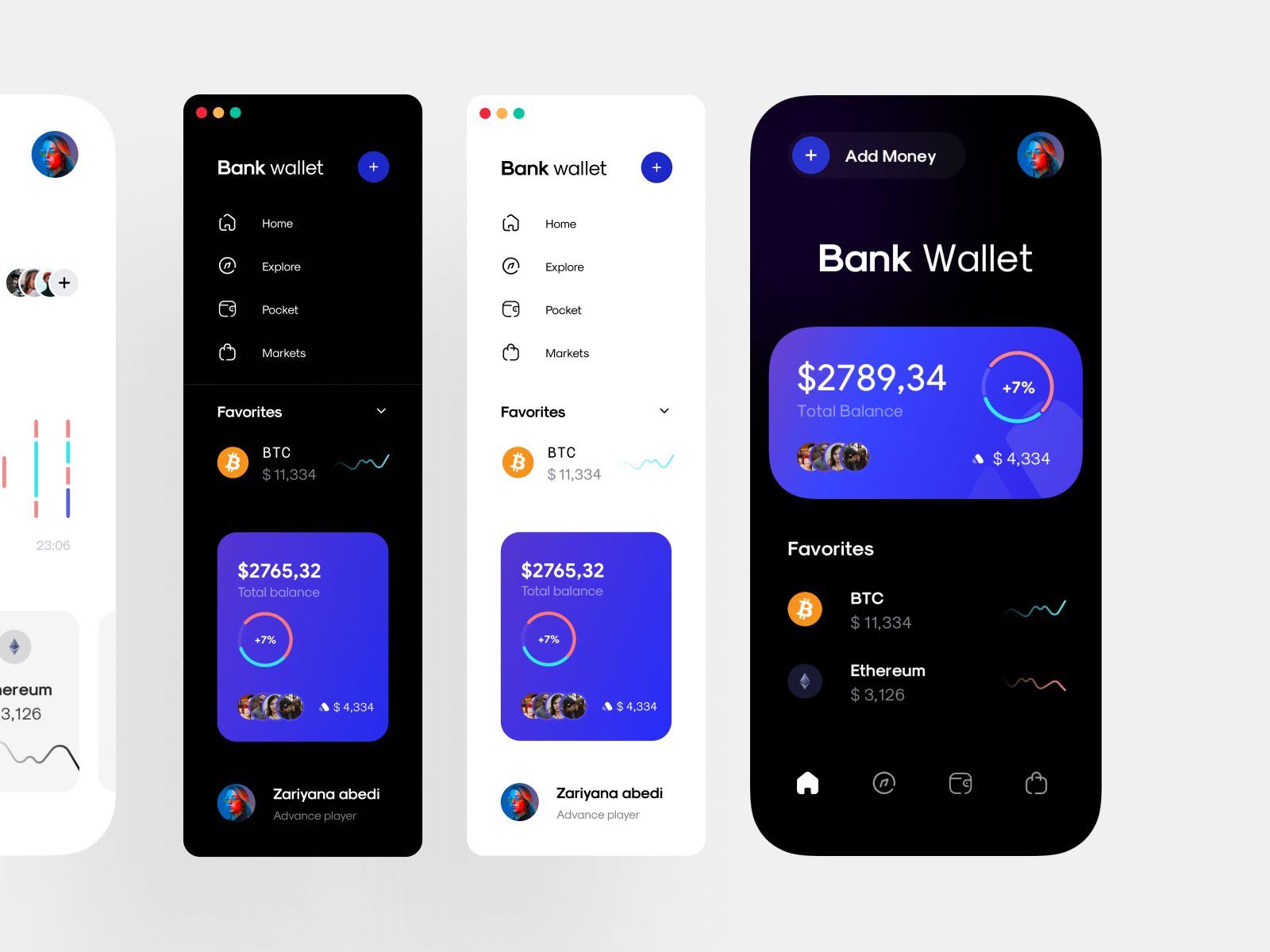
- #Apps that can customize the menu bar on mac how to#
- #Apps that can customize the menu bar on mac mac os#
- #Apps that can customize the menu bar on mac install#
#Apps that can customize the menu bar on mac install#
In addition to the extras already on your Mac’s hard drive or SSD, you can download and install more from third-party manufacturers – either by double-clicking as described, from the App Store, or using an installer.

However, if you have a DVD or Blu-ray burner, the “Eject” extra is of great use to you, because you can use it to eject the optical data carrier in it or to open and close the carriage of a Blu-ray or DVD burner. Because of course the menu extra “Battery” is of no use to you with an iMac, so its installation is also refused and not even carried out. These can be installed by double-clicking, provided your Mac has the appropriate hardware. Here you will find further menu extras with the file extension “*.menu”. To do this, open the Macintosh HD/System/Library/CoreServices/Menu Extras folder. A few are part of the macOS, you can install them additionally if required. In addition to the extras that are activated in the system settings or in third-party apps, there are other extras for specific tasks that you as the user can install specifically. The same applies to “Bluetooth”, “Volume”, “Time Machine” and much more. If you click on the “WLAN” entry in the left column, the option “Show WLAN status in the menu bar” appears at the bottom right.
#Apps that can customize the menu bar on mac how to#
We will show you how to do this using the example of the WLAN connection: Open the system settings and click on “Network”. This also applies to some of the extras that are included in macOS, such as the WLAN connection – you can also switch these on or off in the system settings. The menu extras that belong to programs from third-party manufacturers are usually switched on or off in the respective program or in the system settings. For example, there are also menu extras for password management 1Password, for Dropbox or Avira, where you have the choice of activating them and using them as an option. The third type are menu extras that come with third-party applications or peripherals installed on your Mac. You can hide and show or move other standard menu extras from macOS as required, for example the extras for Siri, Bluetooth, WLAN and date and time. There are three different types of “Menu Extras”: those that come with macOS and always appear in the menu bar, such as Spotlight or Notification Center. The Touch Bar, on the other hand, is more recent it has only been available in the better-equipped 13- and 15-inch MacBook Pro models since 2016 and is, in a way, Apple’s answer to the multi-touch displays in notebooks from other manufacturers Touch Bar is an OLED multi-touch bar located above the keyboard instead of the classic function keys, which offers considerably more options and functionality through context-sensitive and changeable commands. The menu bar of the macOS contains the menus and commands of the Finder as well as the so-called “Menu Extras” or “Menulets” on the far right, with which you can quickly access important settings and functions of the hardware and software of your Mac.
#Apps that can customize the menu bar on mac mac os#
Even the switch to Mac OS X, from which today’s macOS emerged, hasn’t changed anything. The Finder and thus also the macOS menu bar have been part of the Macintosh and later Mac operating systems since 1984.

On the MacBook Pro: Customize the menu bar and touch bar


 0 kommentar(er)
0 kommentar(er)
